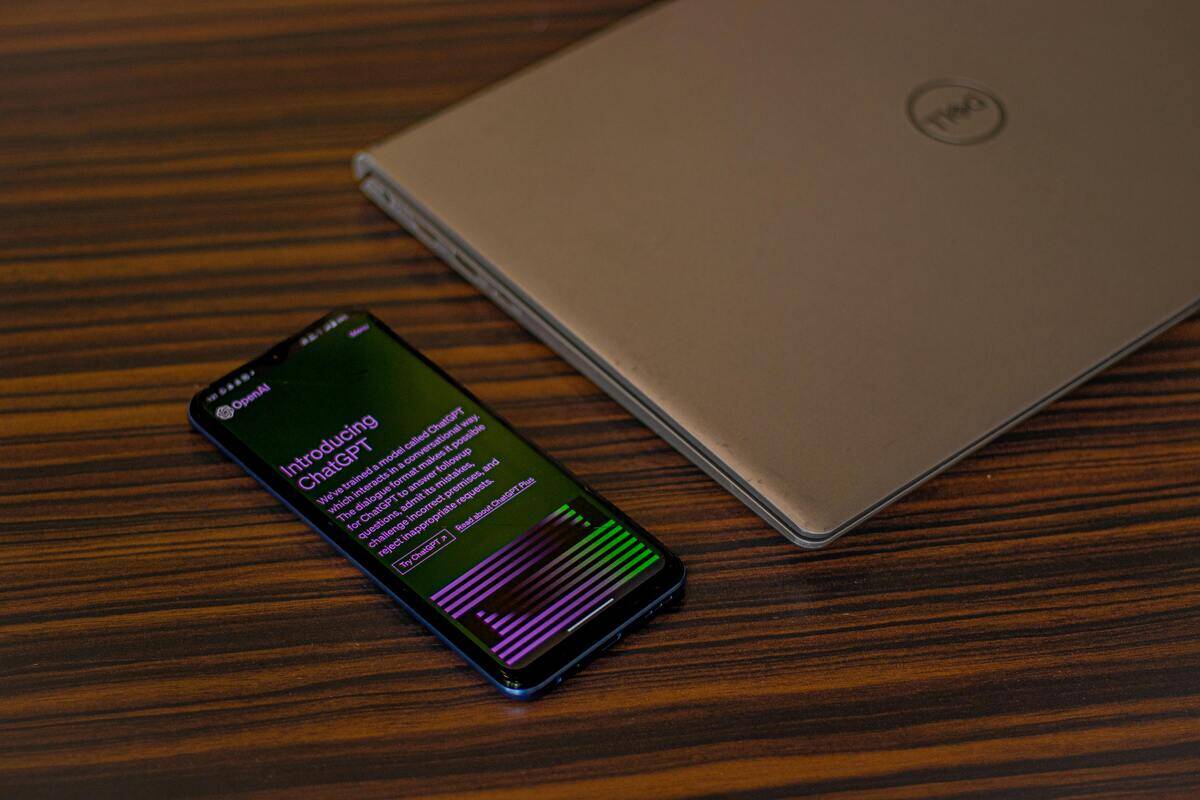Digital recruitment is on trend. The profusion of artificial intelligence and automated recruitment management tools is one of the main reasons for this trend. Digital is supposed to be a support for the recruiter, but also a help in improving the candidate experience. Despite this, a survey by Inbound la SuperAgence.com reveals that 60% of candidates have a poor candidate experience. The same proportion of employers have read a negative comment about their recruitment process, while 28% have never checked it, and 12% have encountered no negative feedback at all. The consequences are far-reaching. According to the same survey, 3.5 times as many candidates will never try again to apply for that company. What's more, 72% will share their bad experience.

So it's legitimate to ask: how can we really make digital an ally in improving the candidate experience? First and foremost, we need to put ourselves in the candidate's shoes and identify the things that might frustrate them or make them doubt. Then we need to use the possibilities offered by digital to correct any bottlenecks.
1) Set up a job application in a click
-1.png?width=136&height=79&name=TEST%20PICTO%20BLOG%20(9)-1.png) Talent doesn't always have the time or inclination to go looking for a job offer they've stumbled across, to find the career site or e-mail address where they should send their CV and cover letter. Enhance the applicant experience with digital technology, by implementing the one-click application.
Talent doesn't always have the time or inclination to go looking for a job offer they've stumbled across, to find the career site or e-mail address where they should send their CV and cover letter. Enhance the applicant experience with digital technology, by implementing the one-click application.
This involves highlighting a "click here to apply" call-to-action and making it available on all the recruiter's sourcing channels. In this way, candidates will be referred to an application form, regardless of the network or site on which they saw the offer (Linkedin, Facebook or traditional job boards), and regardless of the means at their disposal. Indeed, they may just be using their smartphone when they see the vacancy, and don't have a computer or CV to hand.
The candidate experience is enhanced by the ease of the process. The result is a better conversion rate and a more fluid process. As Pierre Antebi, Marketing Director of Figaro Classifieds, puts it, "a recruiter must make the candidate experience their priority from the very first contact". A high rate of untargeted applications is the main risk associated with implementing this measure. However, it's better to have too many than too few. All the more so since, in the batch, there's a greater chance of unearthing genuine talent. Behind this, the company needs a good recruitment management tool to facilitate the sorting and selection process.
2) Simplify application forms
The candidate has therefore clicked on apply. However, according to Appcast, 92% of people who click on "Apply" never complete an application. The reason is often the complexity of the application after the click. You have to create an account with a password, the questionnaire takes too long to complete (often as soon as there are more than 6 questions), the answers are open-ended, pushing the candidate to have to dissert from the very first stages of recruitment, etc. Candidates often procrastinate, and in the end never return to the application they started, or turn to a simpler recruitment process.

For all these reasons, digital technology should be used to simplify forms and improve the applicant experience, not the other way round. The recruiter needs to determine what information is really important at each stage of the process. Some information is already contained in the CV. Others only need to be mentioned if the candidate reaches the interview stage. There's no need to ask all the questions on the first application form.
First and foremost, digital allows you to create closed "yes" or "no" questions, which will give you the information you need at this stage of the process, without weighing down the procedure. Digital also allows you to personalize what follows, by following the logic of the answers. This avoids repetition and gives you an idea of a talent's profile, so you can move on to the next stage or not.
3) Be progressive and give attention to candidates
The candidate has submitted the application form. He expects something in return. He wants to feel that someone has taken the time to evaluate his file, even if he won't be recruited in the end. The absence of feedback and attention is what most often undermines the applicant experience. According to the same survey by Inbound la SuperAgence.com, candidates estimate that they give themselves at least an hour to research and prepare an application. But they think that employers don't give them the same attention. 65% have never received a reply. 85% believe there was no human involvement in the selection process. Even employers admit that in 62% of cases, the elimination of certain candidates is a mistake due to the automation of the process.
To improve the candidate experience through digital means, we need to set up continuous and progressive communication with the candidate. This allows all information to be verified and validated. Conversational chatbots can be an integral part of the conversion tunnel. It can also involve regular one-off information mailings for the candidate. The aim: to give them attention, keep them informed, validate administrative and technical information, and maintain their commitment. Progressive exchanges often encourage prospects to provide more information and keep their application alive. This prevents candidate ghosting and limits elimination by mistake.
4) Use the candidate's public information
The candidate experience is enhanced when they no longer have to fill in too many documents or lengthy forms. But the recruiter still needs a lot of information to make sure of his choice. Digital technology comes into play to reconcile these contradictory needs.
Indeed, the candidate's various public profiles are often a mine of information that the recruiter can exploit. This avoids overloading the candidate with questions. Digital technology provides access to candidates' LinkedIn profiles, profiles on other job boards and profiles on social networks. This information facilitates the processing of an application. So it's better to use AI and automated recruitment tools to process this vast amount of information, than to ask the candidate to copy it all down. On the other hand, the recruiter must ensure compliance with the RGPD (General Data Protection Regulation).
Getting help from external recruitment professionals also makes it easier to improve the candidate experience. This is especially true when outsourcing enables a recruiter to focus on a single recruitment, a single position, and not spread himself or herself thinly over various ongoing processes. The recruiter has more time to devote to his prospects. This is the case with Hunteed, a digital recruitment platform. Hunteed connects companies with recruiters specialized in each position. For a single company, there can be several dedicated recruiters, depending on the variety of vacancies. All this, while making good use of the current possibilities offered by digital technology.















 ENGexpand_more
ENGexpand_more  FR
FR